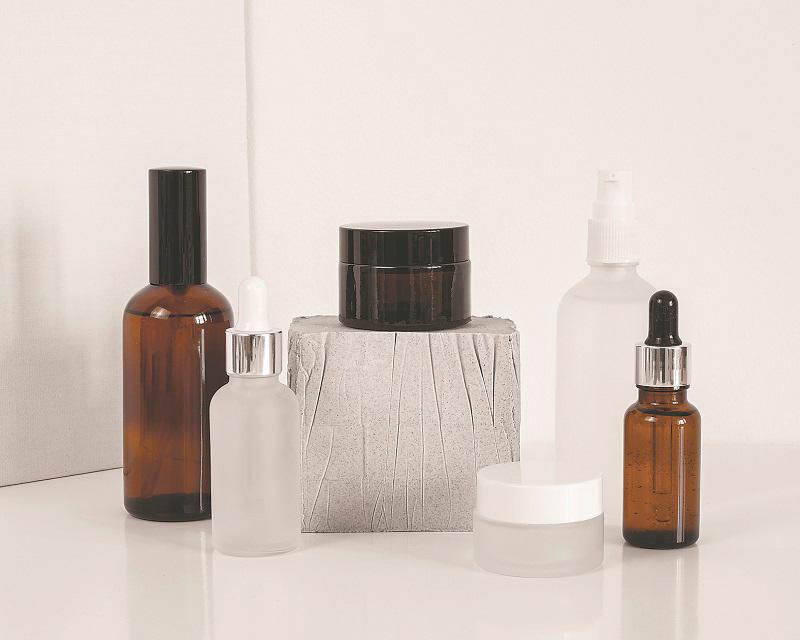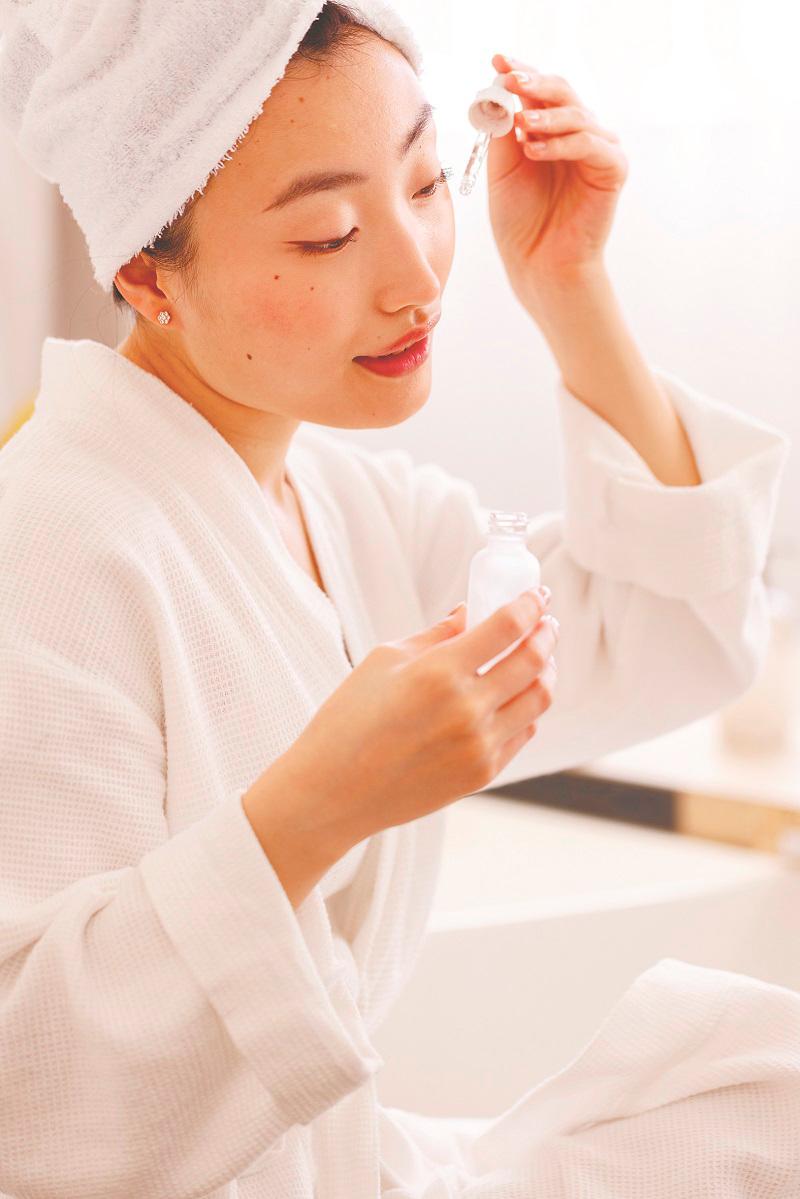WHEN we think of the word “chemical”, it often brings to mind harsh substances or industrial formulas. But not all chemicals are bad. In fact, many of the most effective and skin-loving ingredients in our everyday beauty products are chemicals and are scientifically formulated to hydrate, repair, protect and enhance your skin.
Here are nine chemical ingredients that deserve a spot on your shelf and in your skincare routine.
Hyaluronic acid
Hyaluronic acid might sound intimidating, but it is actually a sugar molecule naturally found in our skin. The acid has the ability to hold up to 1,000 times its weight in water. This means it acts like a moisture magnet, drawing hydration into the skin and keeping it plump, dewy and fresh-looking. It is commonly found in serums, moisturisers and even foundations. Suitable for all skin types including sensitive skin and it is a go-to for anyone looking to tackle dryness or maintain a healthy skin barrier.
Niacinamide
Niacinamide, a form of vitamin B3, is one of the most versatile ingredients in modern skincare. It is known for its ability to strengthen the skin’s barrier, reduce inflammation, even out skin tone, minimise enlarged pores and even control oil production. If your skin is dull, uneven or prone to breakouts, niacinamide might be the gentle fix you have been looking for. It pairs well with most other ingredients, making it a favourite in everything from serums to toners and even facial masks.
Salicylic acid
Salicylic acid, a type of BHA (beta hydroxy acid), is a powerful exfoliant that penetrates deep into the pores to clear out oil and dead skin cells. It is useful for those with oily or
acne-prone skin, helping to prevent future breakouts while calming inflammation. Despite its strength, it is surprisingly gentle when used correctly and is found in cleansers, exfoliators and targeted spot treatments.

Lactic acid
Derived from milk, lactic acid is part of the AHA (alpha hydroxy acid) family and works on the skin’s surface to gently remove dead cells. It promotes a smoother texture and brighter complexion, making it great for those who want to exfoliate without irritation. Unlike harsher acids, lactic acid also hydrates the skin while it exfoliates, making it suitable even for sensitive or dry skin types. Look out for it in peels, masks and glow-boosting serums.
Vitamin C (ascorbic acid)
If there is one ingredient that is beloved across the beauty world, it is vitamin C. Known for its brightening effects, this antioxidant helps fade dark spots, evens out skin tone and protects against environmental stressors such as pollution and UV rays. Ascorbic acid, the purest form of vitamin C, is often found in morning serums. When used daily, it can give your skin that lit-from-within glow while also boosting collagen production over time.
Ceramides
Ceramides are lipids (or fats) naturally present in your skin, forming part of its protective barrier. Due to harsh weather or over-cleansing, these ceramides can become depleted, leading to dryness, sensitivity and irritation. That is where ceramide-rich products come in. Applied topically, they help restore the skin’s barrier, lock in moisture and reduce the impact of external irritants. Often found in moisturisers and creams, they are particularly beneficial for those with eczema, rosacea or very dry skin.

Retinol
Retinol is the much-hyped derivative of vitamin A. It is hailed for its powerful anti-ageing benefits, from reducing fine lines and boosting collagen to speeding up cell turnover and fading pigmentation. Retinol can be a bit tricky, it is best introduced gradually and used only at night, as it can cause initial dryness or sensitivity. But with consistent use (and sunscreen during the day), it is one of the most effective ingredients in your skincare arsenal.
Panthenol
Also known as provitamin B5, panthenol is a moisturising and soothing ingredient that helps improve skin elasticity and softness. It works by drawing moisture into the skin and locking it in, which makes it an excellent addition to hydrating serums, lotions and even after-sun gels. Panthenol also supports the skin’s healing process, making it ideal for dry, sensitive or damaged skin. It is often found in products targeted at calming redness or irritation.
Azelaic acid
Azelaic acid might not be as well-known as the others, but it is a hidden gem in the skincare world. It has anti-inflammatory, anti-bacterial and skin-lightening properties, which makes it incredibly useful for people with rosacea, pigmentation issues or acne-prone skin. It helps to gently exfoliate the skin, unclog pores and reduce redness and bumps without causing irritation. If you are dealing with uneven skin tone or redness, this underrated acid could be your new favourite.

Chemical is not a dirty word
Clean beauty and natural skincare often take centre stage. However, there is always a place for science in your beauty bag. These chemical ingredients are backed by research, trusted by dermatologists and used by millions around the world with proven results. The main step is to understand your skin type and to introduce new ingredients slowly. Patch testing, reading instructions carefully and layering products thoughtfully will help you get the most from these potent skin saviours.
So next time you read the back of a skincare bottle, do not be alarmed by the long names. Some of them might just be the secret to your best skin yet.









